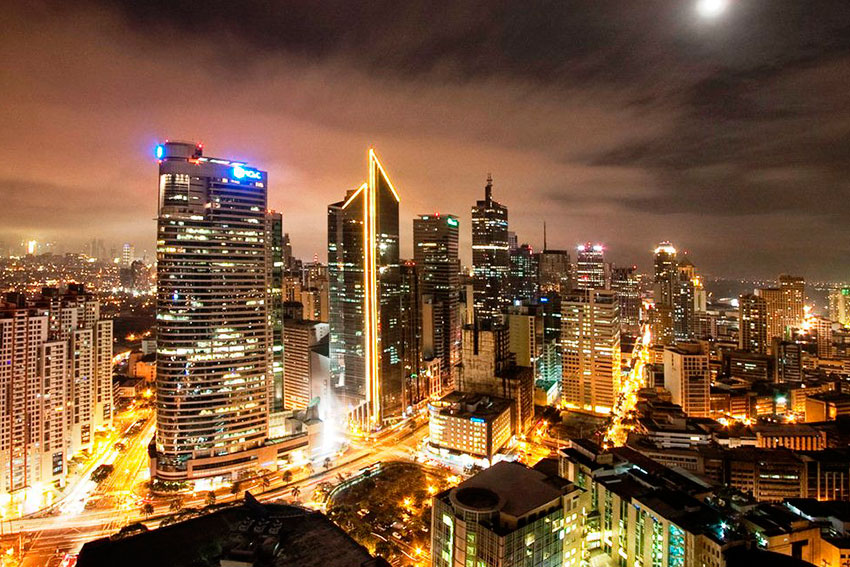Japan’s diminishing domestic market, a result of its aging and shrinking population, has compelled Japanese companies to search overseas for new opportunities. Many are looking to the U.S. and Europe, but right on their doorstep is the massive market of the Philippines

With 103 million people, the Philippines is the 13th most populated country in the world and second most populated in the ASEAN region, with a GDP of close to $300 billion and annual growth averaging 6 percent. Much like China and India, the large population offers up potential in the long-term for a large and sustainable demand-based economy.
The Philippines’ market potential has not gone unnoticed by Japanese Inc. In a survey conducted by the Japan Bank for International Cooperation last year, Japanese companies viewed the Philippines as one of the most promising markets for investments. The survey also concluded that manufacturing firms ranked the Philippines as the eighth most promising destination for overseas operations over the medium term, putting it ahead of its main regional rivals, Malaysia and Singapore.
The IMF estimates that GDP per capita passed the $3,000 mark for the first time in 2016. With salaries growing, the young and rising middle class in the Philippines are demanding more consumer items like cars, phones, laptops and electrical appliances – which presents big opportunities for Japanese manufacturers.
The car market, for example, is booming. Local industry players predict that by 2020, the Philippines will have one of the region’s largest car markets, and will account for 10 percent of total sales in the region. In 2016, Philippines car sales hit a peak of 359,572 units, a 24.6 percent increase on 2015.
Japan’s car manufacturers were amongst the big winners in 2016. According to the Nikkei Asian Review, Toyota Motor Philippines saw sales grow by 26.95 percent to 158,728 units, and cornered the leading market share, with 44.14 percent. Mitsubishi Motors Philippines, which captured a 17.08 percent market share, sold 61,400 units, up by 13.52 percent.
As a result of growing sales, both Toyota and Mitsubishi are set to establish production plants in the Philippines. In January, the latter announced that it was building a $632 million plant in Cikarang, West Java, which will open in the 2018 and have the capacity to produce 160,000 units.
“I was invited to visit the Toyota headquarters and manufacturing plants in Nagoya. And I saw the opportunity, especially with our growing Philippine economy,” says Alfred V. Ty, Co-Vice Chairman of GT Capital holdings, one of the Philippines largest corporations, which has interests in the power, auto and real estate industries.
Electronics manufacturers in Japan are also considering relocation to the Philippines, as demand for their products rises. Philexport trustee Francisco Ferrer said about 20 Japanese electronics companies in China are keen on relocating their operations to the Philippines next year amid higher wages in China and the high quality of the Filipino talent pool, according to a report by The Philippine Star.
“Among other factors, the need to diversify their own investment location drives Japanese companies into considering the Philippines,” says Guillermo M. Luz, Private Sector Chairman of the Philippines’ National Competitive Council.
“They have been heavily investing in China and are looking for opportunities outside as an alternative. While the Japanese companies remain in China, they are not going to keep investing in the same place. The search is who will be the plus one or the alternative location? The Philippines happens to be a good candidate as an investment destination.”
The Philippines manufacturing sectors include semiconductors, medical devices, automotive and consumer electronics. Some of the Japanese manufacturers to already operate in the country include Fujifilm, Murata Manufacturing, Canon Inc, and bicycle-part maker, Shimano, which built its first factory in the country in 2015.
As the economy and consumer demand continue to grow in the ASEAN region’s most promising investment destination, there is no doubt that more Japanese firms will follow the likes of Fujifilm, Canon and Mitsubishi to the Philippines over the coming years.
0 COMMENTS